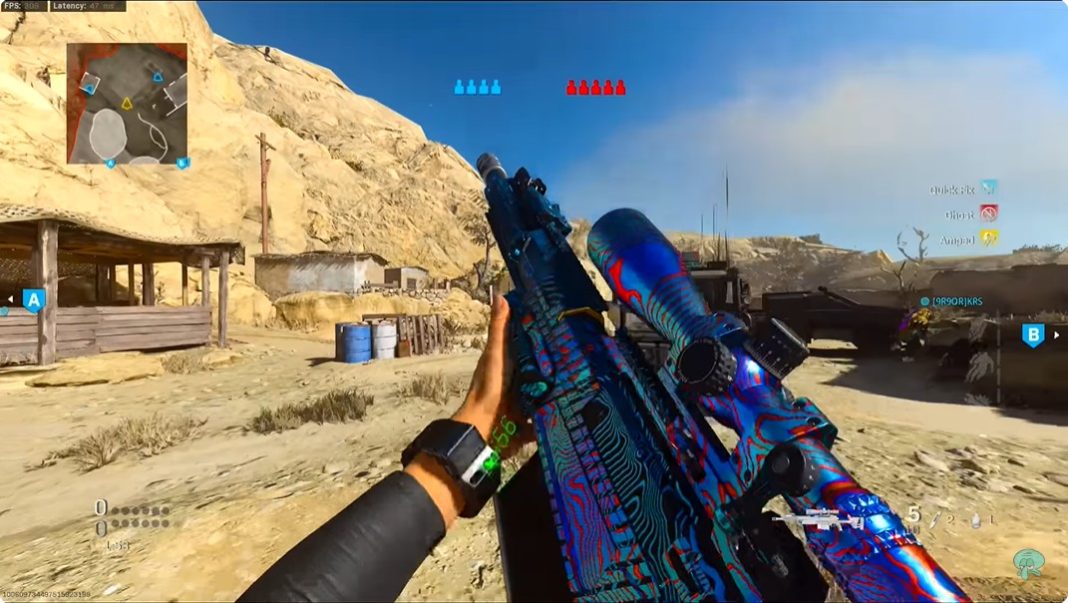In the arena of modern warfare, the scale and complexity of battles have reached unprecedented levels. Today’s conflicts are not just about brute force but also about strategic mastery and technological prowess.
Ground war, an essential aspect of modern combat, encompasses various tactics that armies use to gain the upper hand in large-scale battles. This article delves into some of these tactics, highlighting their significance in modern warfare.
Understanding Ground War
Ground war refers to military operations conducted primarily on land, often involving large numbers of combat troops. The essence of ground war is not just the engagement of enemy forces but also controlling key territories and resources. This form of warfare has evolved significantly, with modern armies relying on a combination of advanced technology, intelligence, and well-planned strategies.
The Role of Technology
In modern ground wars, technology plays a pivotal role. Advanced surveillance systems, drones, and satellite communications provide critical intelligence, allowing commanders to make informed decisions. Precision-guided munitions, advanced artillery systems, and armored vehicles have also transformed how ground battles are fought. These technological advancements not only increase the effectiveness of offensive operations but also enhance defensive capabilities.
Infantry Tactics
Infantry units are the backbone of any ground operation. Modern infantry tactics involve a blend of stealth, speed, and precision. Soldiers are trained to operate in various environments, from urban landscapes to rugged terrains. Effective infantry tactics often hinge on the element of surprise, with soldiers using cover and concealment to their advantage. Coordinated movements, rapid maneuvering, and efficient communication are crucial in executing successful ground operations.
Combined Arms Operations
One of the most effective tactics in modern ground warfare is the combined arms operation. This approach integrates different military branches – infantry, artillery, armor, air force, and sometimes naval forces – to create a cohesive fighting unit. By combining the strengths of each branch, armies can exploit the weaknesses of the enemy. For instance, while infantry secures key positions, air support can provide cover and eliminate high-value targets.
Urban Warfare
Urban warfare presents unique challenges in ground battles. Fighting in densely populated areas requires a different set of tactics, focusing on minimizing civilian casualties and collateral damage. Soldiers need to adapt to close-quarter battles, often engaging in house-to-house combat. Securing buildings, navigating narrow streets, and identifying enemy hideouts are critical components of urban warfare tactics.
Psychological Operations
Ground wars are not just fought with weapons but also with information and psychological strategies. Psychological operations aim to demoralize the enemy, reduce their willingness to fight, and sway public opinion. These operations can involve spreading propaganda, conducting misinformation campaigns, or psychological warfare through various media.
Cyber Warfare
In the digital age, cyber warfare has become an integral part of ground war tactics. Cyber-attacks can disable enemy communication networks, disrupt logistics, or even take control of critical infrastructure. Armies are increasingly focusing on developing cyber capabilities to gain an edge on the battlefield.
Importance of Logistics
Logistics is the lifeblood of any military operation, especially in large-scale ground wars. Efficient logistics ensure that troops are well-supplied with ammunition, food, medical supplies, and equipment. The ability to maintain supply lines while disrupting those of the enemy can often determine the outcome of a battle.
Training and Preparedness
The training and preparedness of soldiers are vital in ground warfare. Modern armies invest heavily in training programs that simulate real battle conditions. This training not only hones the combat skills of soldiers but also prepares them mentally for the challenges of warfare.
Adapting to New Challenges
Modern warfare is ever-evolving, with new challenges emerging constantly. Armies must adapt their ground war tactics to counter new threats, whether it’s dealing with insurgencies, hybrid warfare, or emerging technologies. Continuous learning, innovation, and strategic planning are crucial for staying ahead in the game.
Conclusion
Ground war tactics in modern warfare are diverse and complex, requiring a combination of strategic planning, technological advantage, and skilled personnel. As military engagements continue to evolve, so will the tactics used in ground wars.
For those interested in further exploring the intricacies of modern warfare tactics, including leveraging mw hacks, there are numerous resources available that delve deeper into this subject. Understanding these tactics not only gives insight into military operations but also highlights the importance of strategic thinking and adaptability in any challenging situation.
Also Read
Namibian companies depict strong interest for Trans-Kalahari Railway Project
Huge milestone for EACOP project as 100km of line pipe delivered

